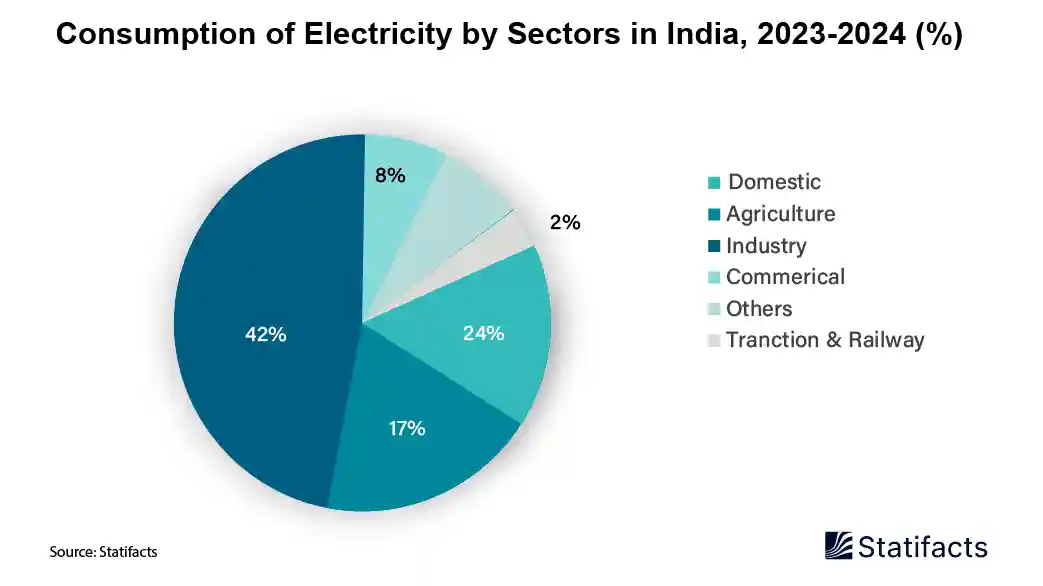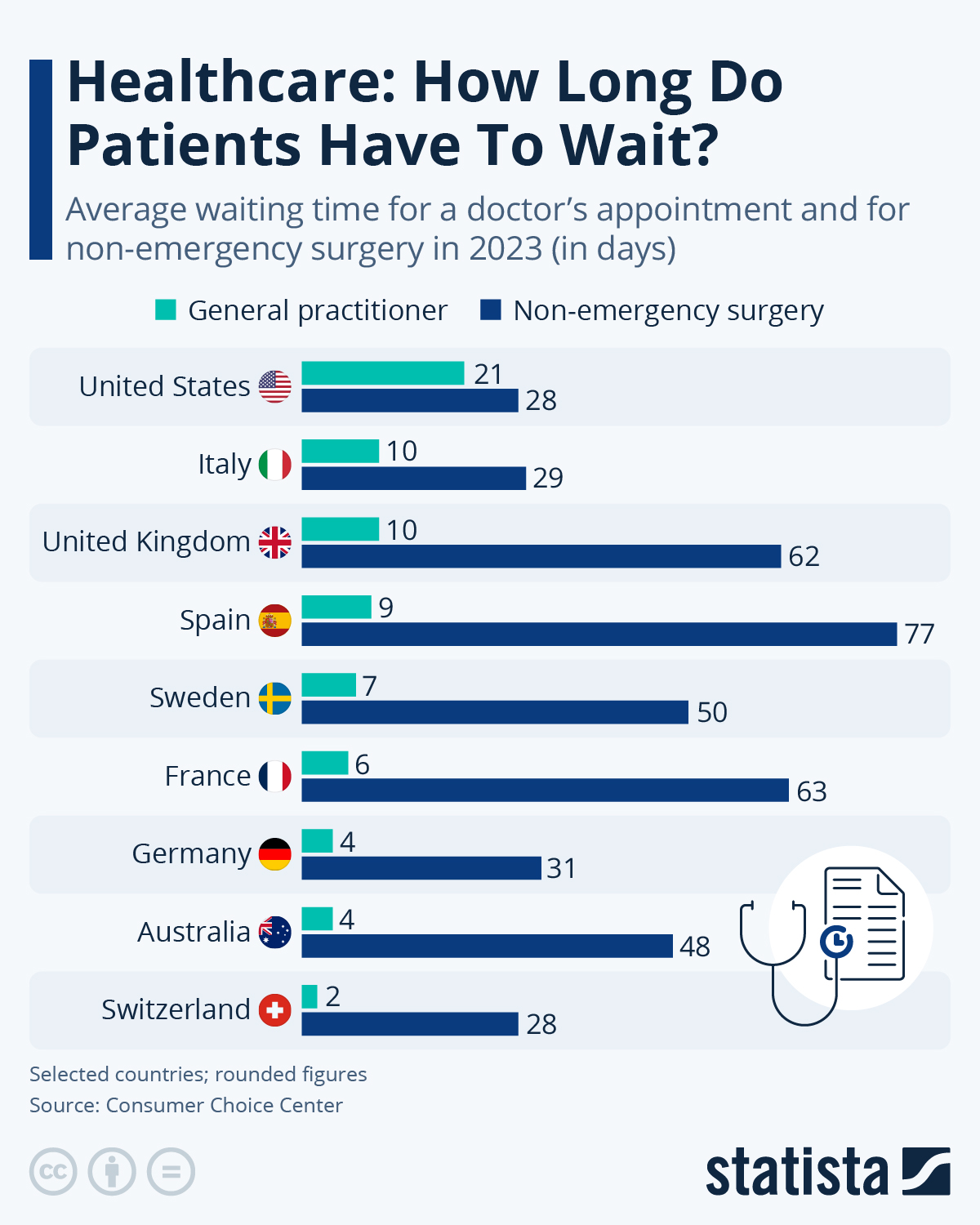
12 May 2025
India’s energy demand are growing exponentially, expected to more than double by 2047 if the emerging nation wants to meet the developmental priorities and aspirations of a young economy. According to the Economic Survey tabled in Parliament, given the limitations of resources, the pace of energy transition must be balanced with competing demands for improving climate resilience and sustaining social and economic development.

India’s electricity consumption has seen consistent growth, rising from 9,48,522 GWh in FY 2014–15 to 15,43,000 GWh in FY 2023–24 (P), reflecting a compound annual growth rate (CAGR) of 5.56%. The industrial sector remains the largest electricity consumer, accounting for 42% of total consumption, followed by the domestic sector (24%), agriculture (17%), and commercial use (8%).
The uphill task of achieving net-zero emissions by 2070 will require a tectonic shift with a highly diversified energy mix, and a major section being sourced from non-fossil sources, along with enhancements in energy production and efficiency.
As of 2022–23, India’s energy demand mainly continues to be met by fossil fuels, with 84% of energy needs being sourced through coal, oil, and natural gas. However, the electricity sector has significantly evolved, with the share of non-fossil fuel capacity rising from 32% in April 2014 to 45.4% in May 2024, driven by renewable energy integration.
Several recent initiatives have accelerated this transition. The PM-Surya Ghar Yojana, launched in February 2024 with a budget of ₹75,021 crore, aims to add 30 GW of solar capacity, reduce 720 million tonnes of CO₂ equivalent, and generates around 1.7 million direct jobs across the solar value chain.
In an effort to leverage India’s 7,600 km coastline, the National Offshore Wind Energy Policy and Offshore Wind Energy Lease Rules, 2023, have been introduced. Several offshore zones have been identified, with viability gap funding announced for an initial 1 GW capacity.
Additionally, the Green Hydrogen Mission targets the production of 5 MMT of green hydrogen by 2030. Financial incentives are in place to promote electrolyser manufacturing and hydrogen production, including 412,000 tons awarded under the SIGHT scheme. Experts emphasize AI’s growing role in optimizing smart grids, predicting renewable energy output, reducing losses, and improving overall energy efficiency and reliability.

There are many variations of passages of Lorem Ipsum available, but the majority have suffered alteration in some form
URL TO BE USED AS REFERENCE LINK:
Placeholder content for this accordion, which is intended to demonstrate the .accordion-flush class. This is the first item's
accordion body.
Placeholder content for this accordion, which is intended to demonstrate the .accordion-flush class. This is the second item's
accordion body. Let's imagine this being filled with some actual content.
Placeholder content for this accordion, which is intended to demonstrate the .accordion-flush class. This is the third
item's accordion body. Nothing more exciting happening here in terms of content, but just filling up the space to make it look, at least at
first glance, a bit more representative of how this would look in a real-world application.
Do you still any question?
Feel free to contact us anytime using our contact form or visit our FAQ page.
Your contact to the Infographics Newsroom
